Three months pass by quickly when you are doing an internship both novel and interesting. In my case, the task for this short stay with the Natural Sciences department at National Museums Scotland was to digitise the Lycaenidae family of UK butterflies, with the aim of extracting and sharing the wealth of available data from the butterflies themselves and the minuscule labels underneath each specimen. This short tenure gave me new insight into the preservation and collection of insects both marine and terrestrial and the great intricacies involved with both.
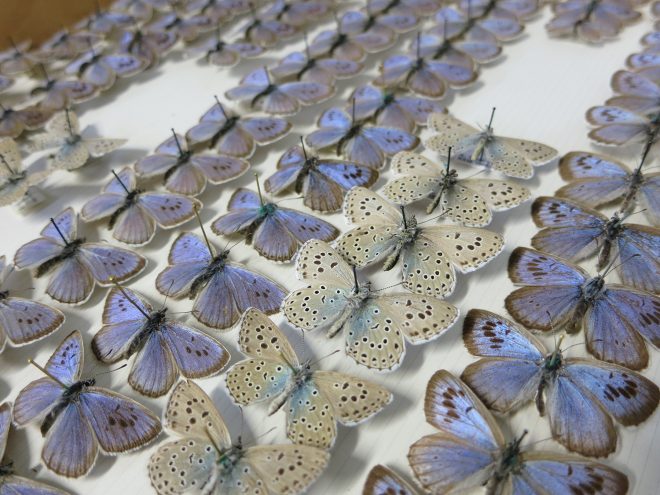
In total, I managed to digitise around 950 specimens, comprising 1100 photographs from four of the most protected species of UK butterfly: the Small Blue (Cupido minimus), the Large Blue (Maculinea arion), the Silver-Studded Blue (Plebejus argus) and the Northern Brown Argus (Aricia artaxerxes). I started the project quite apprehensive about my abilities to handle and photograph the specimens, as they are notoriously fiddly and can often prove tricky to photograph if the butterfly is staged on differing viewing planes (i.e. some parts blurry, some in focus). However, by the end of the three months I had the process down to a fine art.
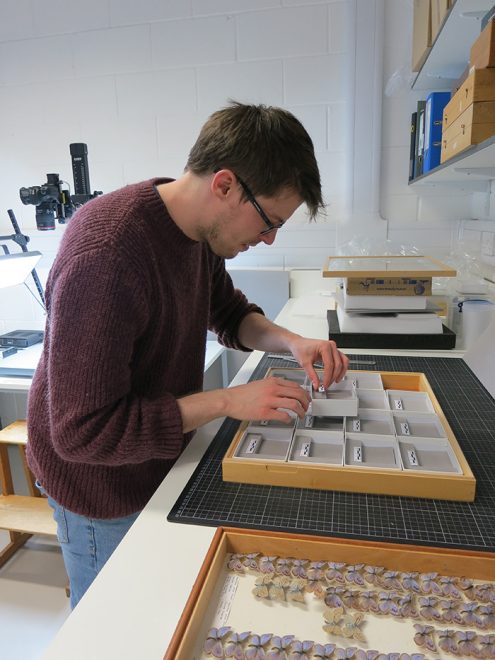
Firstly, the specimen is removed from the drawer where morphs of the same species are kept. Then, all labels containing valuable data are removed and the specimen adjusted into position next to a scale bar. This sits alongside a corresponding register number, unique to that individual specimen. Then, using a high-quality macro camera, the butterfly is photographed, with the scale bar and data labels in the same shot. This allows morphological, geographical and historical data to be gleaned from the specimen after it’s been uploaded to an online database.
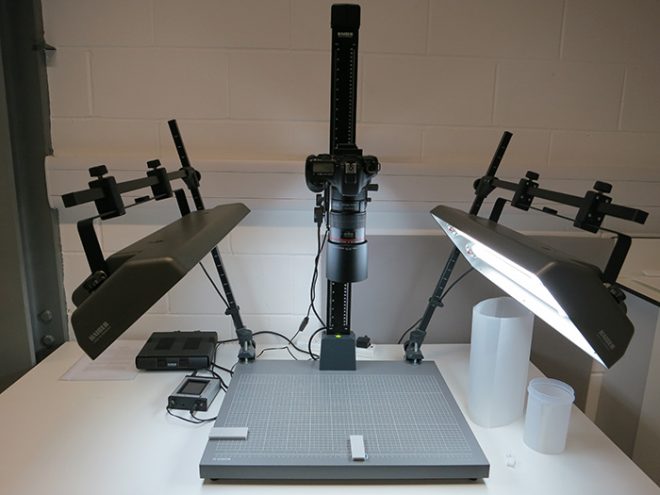
This digitisation process was hugely rewarding for me and will hopefully be incredibly useful for others as well.
My top highlights from the three months have been:
1.Photographing a specimen from 1867: it is crazy to think how different the world would have been…
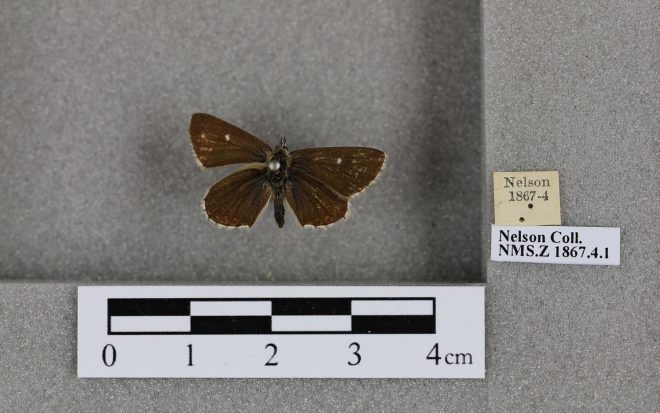
2.Spark-Cart Science: I had great fun helping Assistant Curator Ashleigh Whiffin discuss forensic bugs and explaining the photographing process to the public. (Check out my blog post about it here.)
3.Stacking: I was lucky enough to be introduced to the wonderful world of stacking photography. The ability to capture a tiny specimen and stitch multiple photos together to get a result that shows every tiny detail of the insect in focus is incredible.
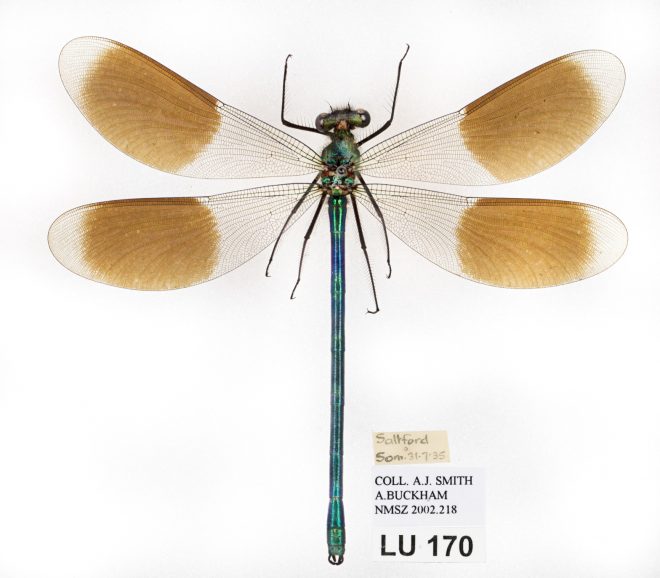
For now, I am back to my regular schedule of PhD work and drinking excessive cups of coffee at the University of Edinburgh…
